Moving Towards A More Humane Industry: The Impact of Using Animal Products in Guitars
Historically, animal products have been used in guitar building, from ivory saddles to gut strings—and the industry is responding to the devastating impact.
What factors do you consider when purchasing a guitar? Design, price, finish, and tone probably come to mind—but do you think about the animal products? What about where the abalone used in the inlay came from? Do you even know what abalone are?
It’s commonplace for musicians to consider the environmental impacts of the wood used in guitar building, but there is much less available information about the animal products used. You might be surprised to learn about the non-human species that contributed to the musical ecosystem that is your guitar, but beyond merely knowing, it’s also important to consider whether these components were obtained with minimal impact. She Shreds researched environmental policy and ecology, and also spoke with guitar manufacturers, luthiers, animal rights activists, and guitarists so that you can be better informed about the animal species that have been used in guitar manufacturing throughout history.
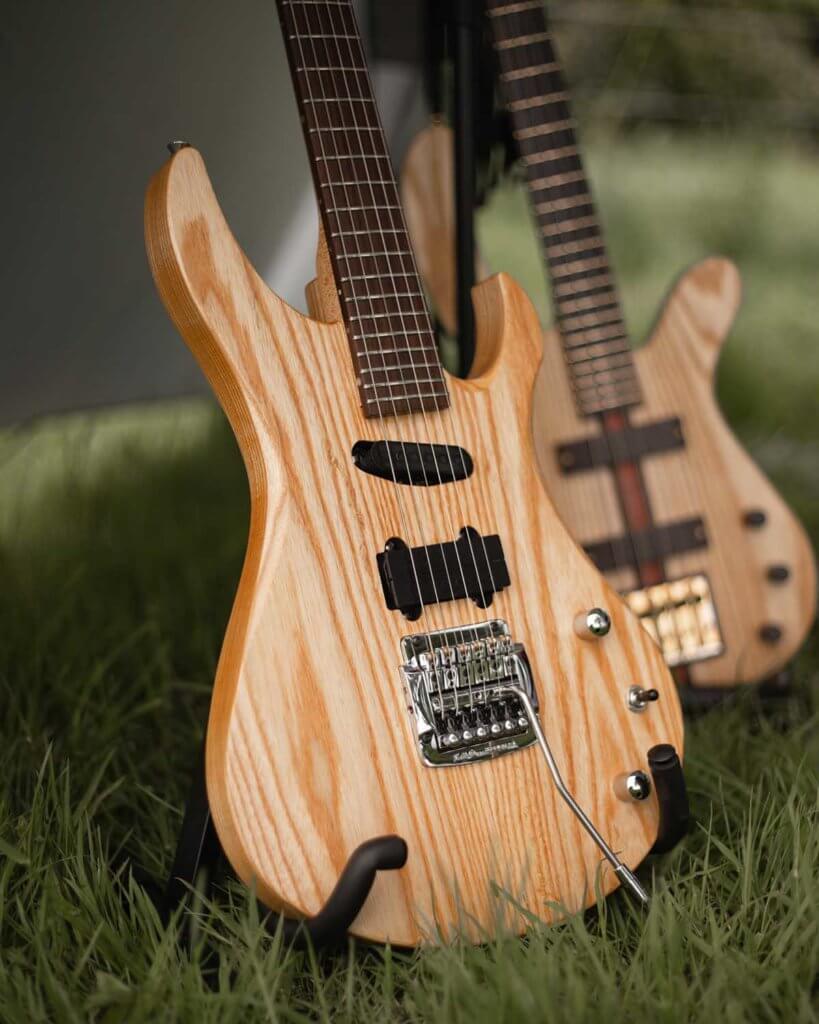
Most animal products traditionally used in guitar building have been phased out and replaced by synthetics, which is great news for the species whose populations might be threatened, and a blessing for the animals that might have dealt with inhumane conditions. However, many of the synthetics are plastic composites, and it’s unclear how much plastic waste is produced by the industry in manufacturing these parts. Furthermore, the effects of the timber harvested and habitat lost for wood-bodied guitars likely has a far greater impact on many more animal species than are used in guitar building. These are all factors to consider when buying your guitar, and all the more reason to pressure the guitar industry into adapting ethical and environmentally sane practices across all of their lines.
Luckily, international regulations created to protect threatened and endangered species have affected the kinds of materials used in guitar building. The Convention on International Trade in Endangered Species of Wild Fauna and Flora (CITES) has been the most impactful multilateral agreement, protecting approximately 5,000 species of animals and 20,000 species of plants by banning them from international trade and transport. It was signed into law in 1975, and now has 183 participating parties, including 182 nations and the European Union. In the United States, if you have a guitar containing a CITES listed species, you have to apply for a permit at least 60 days in advance to bring it across international borders.
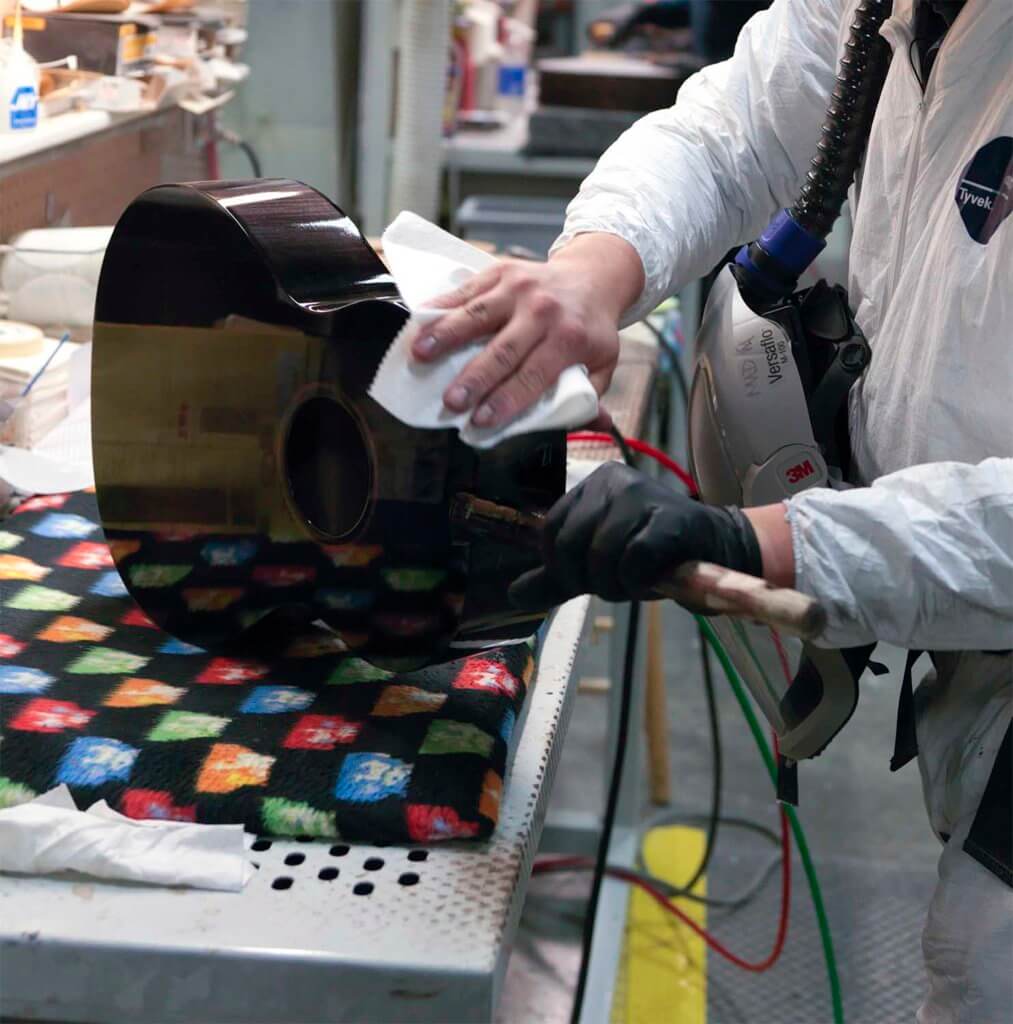
Ivory and Bone
Guitar saddles and nuts have historically been built from elephant ivory or bone. In 1990, CITES banned the trade of elephant ivory, and in its place grew a market demand for excavated woolly mammoth ivory. However, this has created an opportunity for elephant poachers to disguise their tusks as mammoth ivory. In August, the CITES signatories met in Geneva, Switzerland to consider changes to the treaty’s Appendices of listed species. Signatories considered listing the extinct woolly mammoth (Mammuthus primigenius) in order to protect elephants, but ultimately decided to research the topic and consider this proposal at CITES next meeting in Costa Rica in 2022. Beyond this impact on elephants, mammoth ivory excavation has a deleterious impact on ecosystems. According to NPR, photographer Amos Chapple accompanied excavators in the field in Siberia in 2017 and witnessed erosion and degradation of waterways in regions impacted by excavation.
Luckily, there are some widely available replacements for ivory. Contemporary builders are opting for composite plastics more often, such as Graph-Tech’s TUSQ. RA Beattie, marketing director at Bedell Guitars in Bend, Oregon explained that these plastic composites actually offer a more consistent response when compared to real bone or ivory: “There seems to be a perception in the market that bone is the ultimate material for nuts and saddles… We started to encounter issues this year; when people are plugging in, they’re having trouble [getting] a balanced sound from note to note. We worked with our electronic manufacturer to isolate many variables, and we found out that TUSQ is more uniform as a material, more consistent with the sound, and performs better than bone. If you think about bone, it’s a very porous non-uniform structure, [and] there could be pockets where density is not uniform, so there’s a lot more variability.”
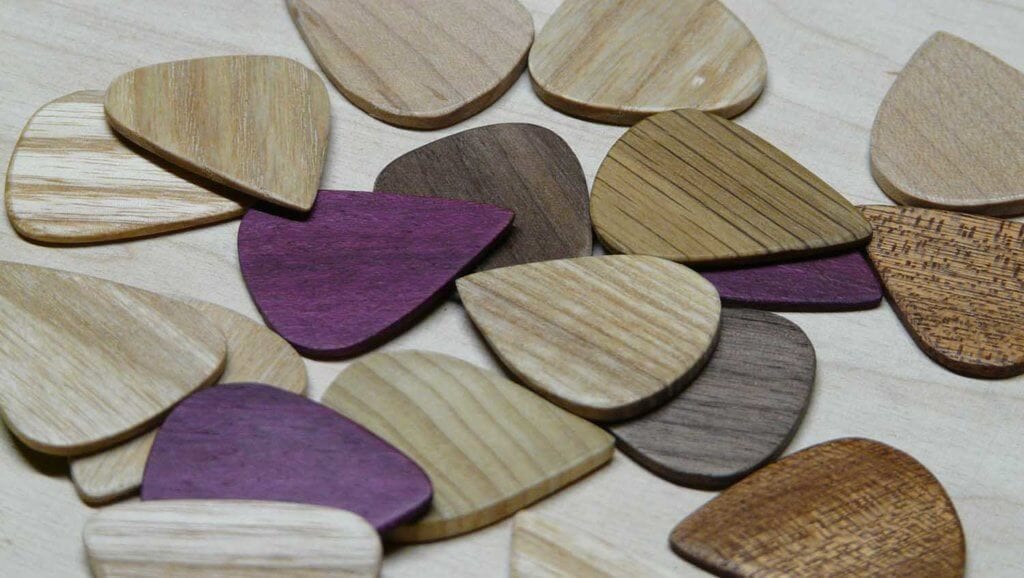
Tortoise Shell
Another example of an animal product that was once commonplace in guitar building is tortoise shell. Often used to make guitar picks and pickguards, tortoise shell was obtained from one species alone: hawksbill sea turtle (Eretmochelys imbricata). Its popular use for food, decorative items, souvenirs, and musical instrument parts led to its severe decline.
Fortunately, the hawksbill has been protected under the U.S. Endangered Species Act since 1970, and international trade of this species was banned by the CITES agreement in 1977. The International Union for Conservation of Nature (IUCN) Red List classified the hawksbill as critically endangered in 1996, and thus tortoise shell has also been almost entirely replaced by synthetics, including the use of Tortoloid and Tor-tis.
Hide Glue
Some of the animal products used in guitar building and repair are inconspicuous and can be easily overlooked when assessing the makeup of your guitar. Hide glue is a good example, and is probably the most common and widely used animal product in guitar manufacturing and repair today. President, co-owner, and luthier Mamie Minch at Brooklyn Lutherie in New York explains that high-end guitar building and repair are very traditional, and so hide glue is still the standard. Most often sourced from cow hide, Minch mentions that hide glue can also be made from rabbit skin and fish. “The thing that’s so great about hide glue is it’s 100% reversible,” she says. “It’s kind of seductive and hard to get away from. It both sizes and adheres to things, and it’s crystal in its structure so you can easily remove it by shearing or using heat and moisture.”

Mamie also explains how important it is to use a glue that dries hard like hide glue: “It transfers sound really well… If you’re glueing something on a guitar that’s going to affect its tonal properties—like a bridge, for example—it’s really good to use a hard glue so you don’t lose any vibration from the strings to the actual sound board of the guitar.” Synthetic replacements for hide glues include aliphatic resin glues (wood glue or Tite-Bond), polyvinyl glues, and epoxies. Minch is particularly interested in some of the available epoxy glues because they share qualities with hide glue.
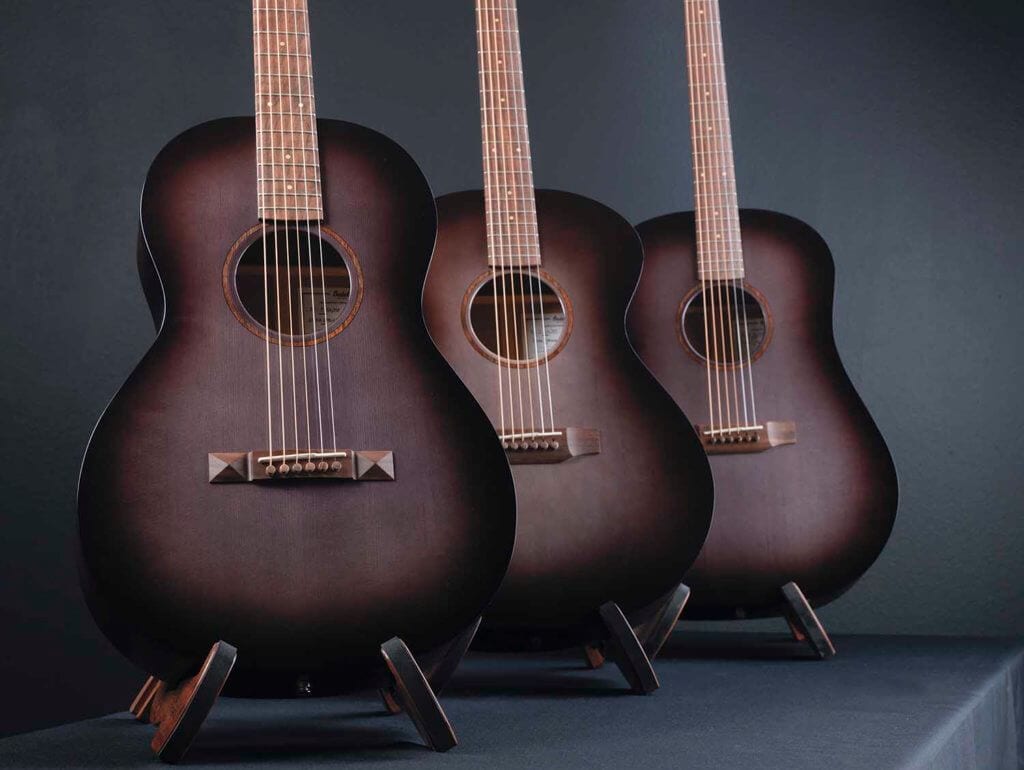
Abalone
One of the more conspicuous animal materials in guitar building are the various marine mollusk species used in inlays. Mother of pearl is one of the most well-known names, commonly referred to by biologists as nacre. The shells of abalone, a flat snail-like animal, have also been heavily used throughout history. Abalone has also been used to make guitar picks, although plastic picks are much more widely available. Some species of abalone used for inlays are now threatened or endangered:
- Red abalone (Haliotis rufescens) was once abundant, but this year National Geographic described how the species is in severe decline. It was once bountiful along the coast of California and Baja, Mexico, but over-harvesting led to the closure of commercial fisheries in 1997. The red abalone population never rebounded, and continues to decline due to disease and deterioration of its kelp forest habitat.
- Black abalone (Haliotis cracherodii) once had a similar habitat range to the red abalone and was listed under the Endangered Species Act in 2009 due to impacts of over-harvesting and disease.
- Green abalone (Haliotis fulgens) is still used in the guitar industry, although it’s similarly threatened by disease and over-harvesting, and was recently listed as a Species of Concern by the National Oceanic and Atmospheric Administration (NOAA). Although some species are now available through abalone aquaculture, there are ethical concerns with this, such as the highly restrictive environment that abalone are kept in.
Luckily for the remaining abalone populations, alternative options are easily available.
Gut Strings and Leather
Many classical music ensembles that play period music strictly use materials from the specific time period—for example, baroque string ensembles still use natural gut strings. According to People for the Ethical Treatment of Animals (PETA), gut string (or natural gut) is made from serosa, which is the outermost layer of the cow intestine and a by-product of the meat industry. Others are made from sheep, kangaroo, or water buffalo. I asked PETA whether the use of meat by-products could be justified, since the meat industry is likely to continue to exist in some form, and less of the animal will go to waste. A representative from PETA explained that they discourage musicians from using natural gut strings, as well as any other by-products or co-products of the meat industry: “[These products] contribute to pollution and environmental destruction. Animal agriculture is one of the largest contributors to greenhouse-gas emissions. While reducing our meat intake is a step in the right direction, the kindest and most environmentally friendly choice is to reduce our use of animal-derived items wherever possible.”

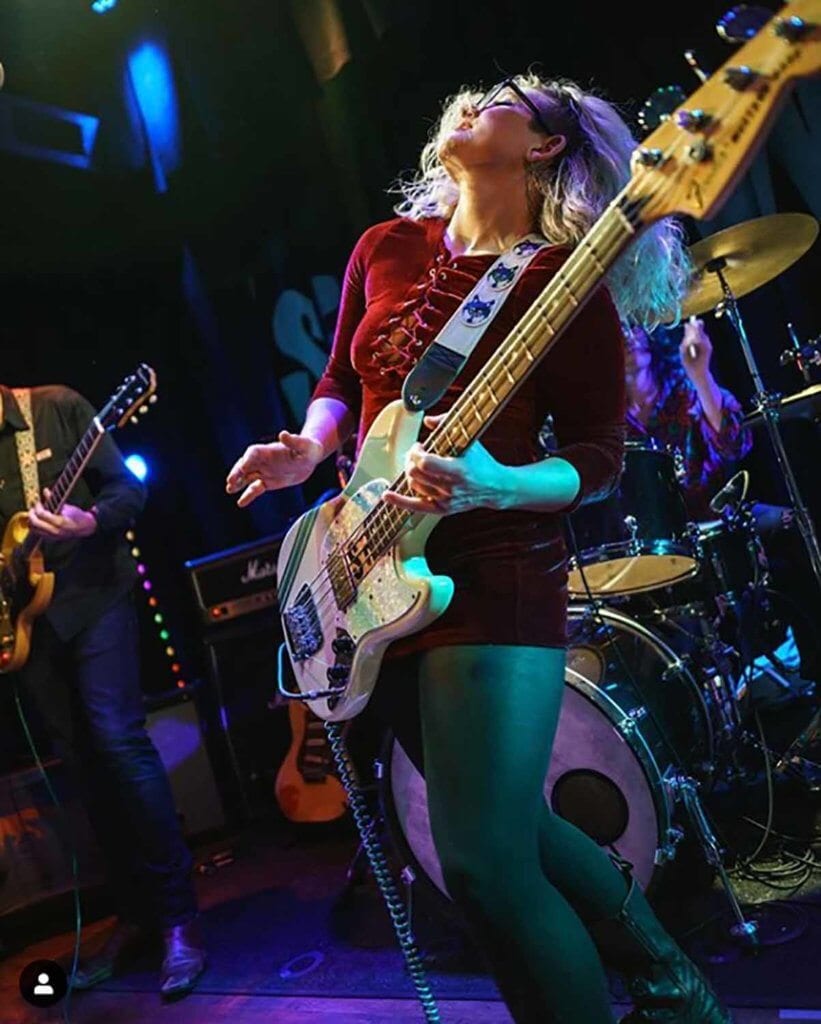
As an alternative, Brooklyn Lutherie’s Minch suggests seeking out synthetic gut strings from the company Aquila. Another by-product of the meat industry that is used by guitar companies is leather. Leather can be found most commonly in guitar straps, but is also used in some guitar cases. PETA suggests seeking out alternatives to leather guitar straps, such as products from Couch Guitar Straps, Gruv Gear, and LM Products, who all offer stylish vegan options.
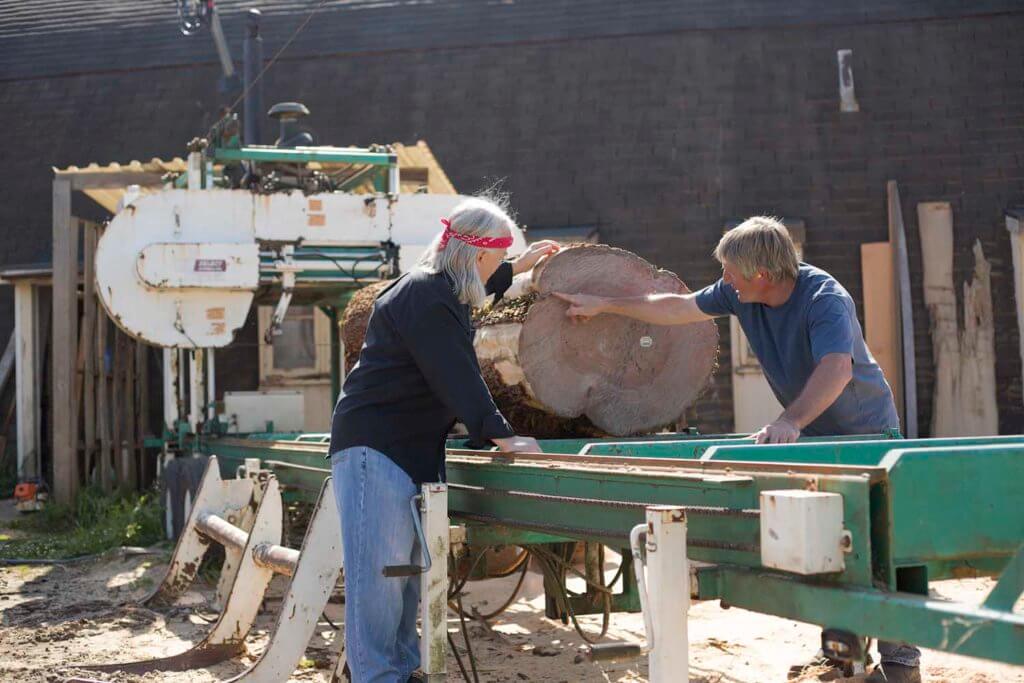
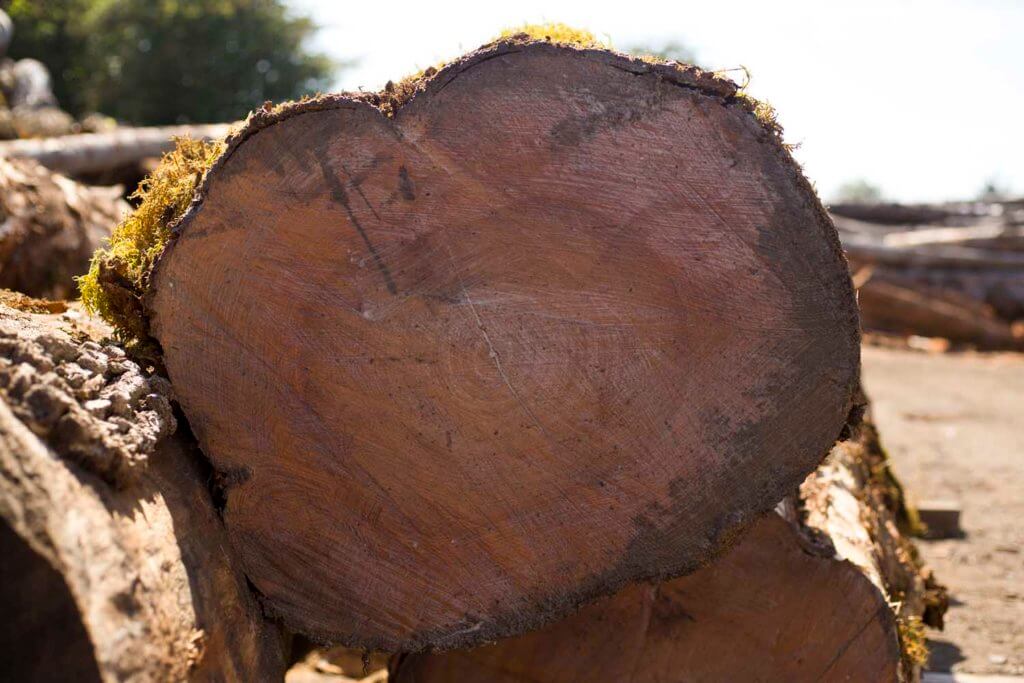
How the Guitar Industry is Responding
Bedell Guitars has received praise for using acrylic materials for inlays in its vegan guitar line, as well as their efforts to make environmental concerns a priority across their entire catalog. “Our stance, from the beginning, when CITES started, was this is a really good thing for the planet, [and] how do we find a way to work within this and not challenge it,” says Beattie. “We’d rather be proactive and go above and beyond.” Bedell’s transparency is truly impressive: for each guitar model they list every species used, and provide a “Seed-to-Song Journal” that details how and where each species was obtained.
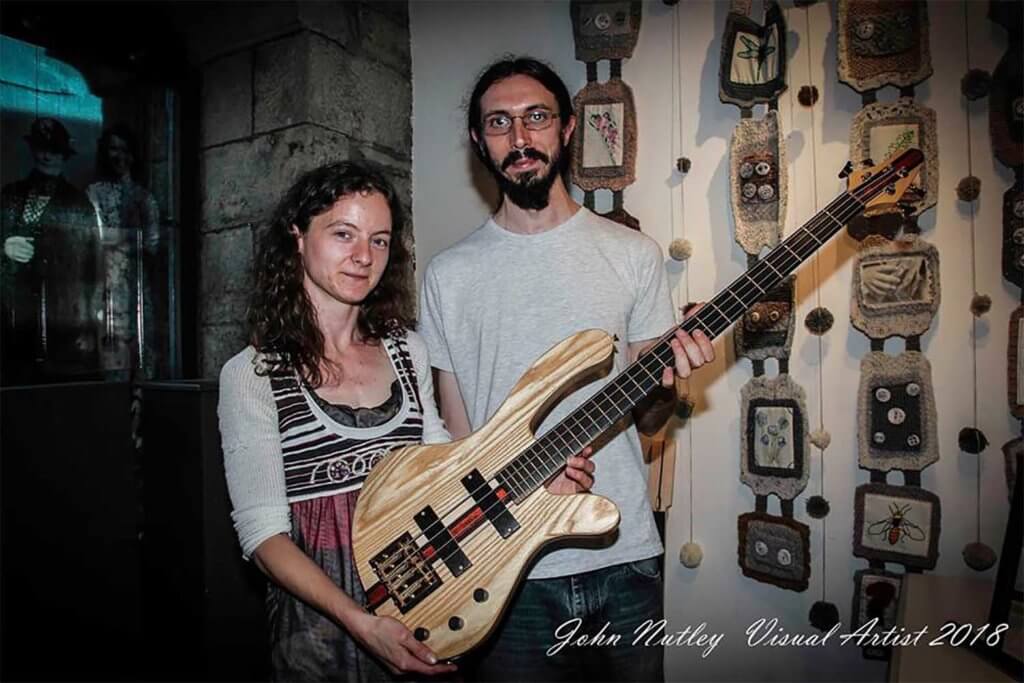
For Ireland’s Moondot Music, favoring alternatives to animal products is part of their overall environmentally conscious approach. Moondot has only been around for two years, and from the beginning they set out to have a minimal environmental impact, including minimal use of animal products. Moondot’s co-founder and CTO Holly Lennon explained how her company achieves these goals: “We created Moondot music in response to many factors of today’s society. Most of the guitars and basses we have built are vegan friendly, and our standard finish is suitable for vegans with shellac finish available upon request. Our standard pickups contain beeswax but can be made without. Generally we would use bell brass or tone woods for saddles and nut rather than the traditional bone. Everything is uniquely built to the customers needs, and we ensure the products we use uphold the standards required”.
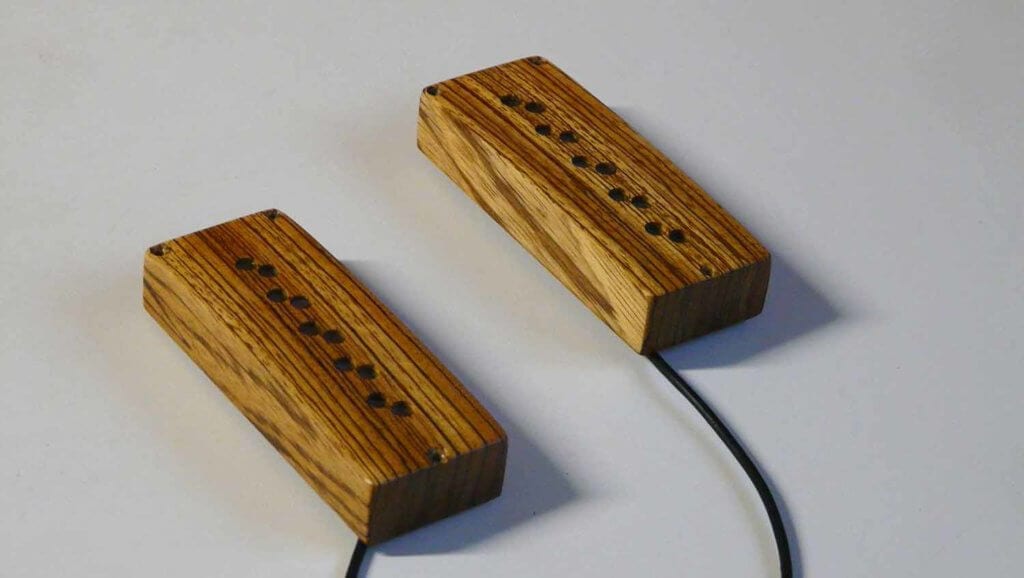
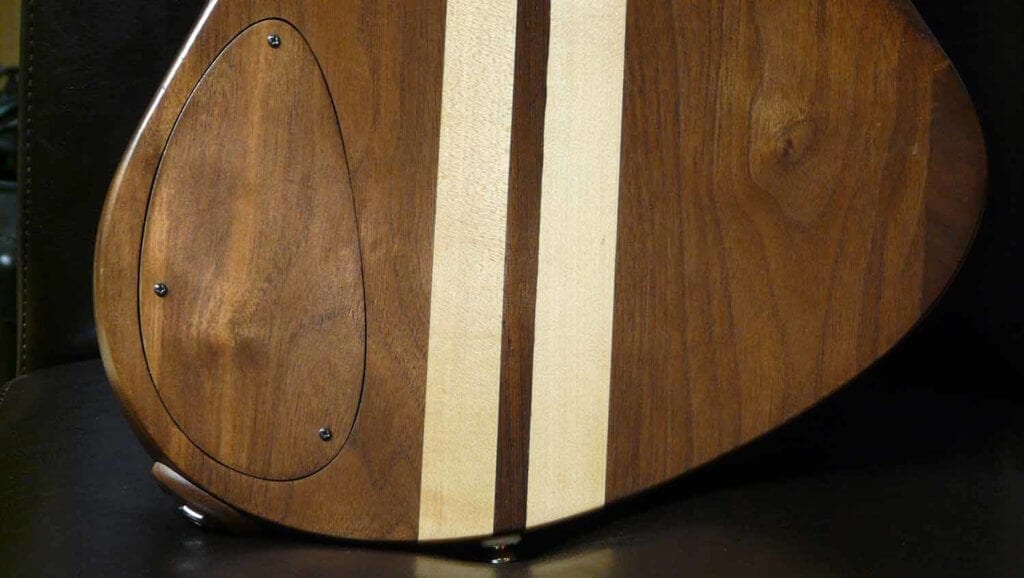
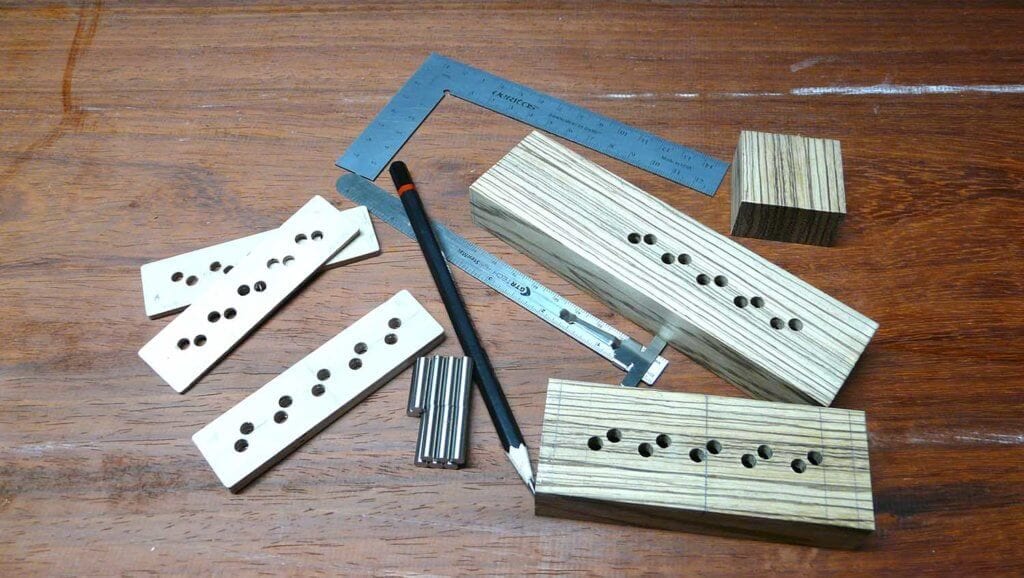
While the impact of animal products used in guitar manufacturing may seem negligible when compared to the scale of other issues concerning non-human species, these issues are all connected. The music community seems to be wisening to the awareness that our actions have on other species. We as the music community can easily make a positive impact with our actions and our voices. Lennon and other builders have recognized this and are taking their own advice to heart: “For small builders, it’s easier to choose sustainability and ethically produced materials that are less harmful to the environment… consumers have the power, and if ethically produced guitars are demanded, the large producers will begin to supply. The extra time and money for the small maker is fairly insignificant, but sadly, for a corporate producer, any extra cost will affect profit margins. Don’t forget: the consumer has all the power.”
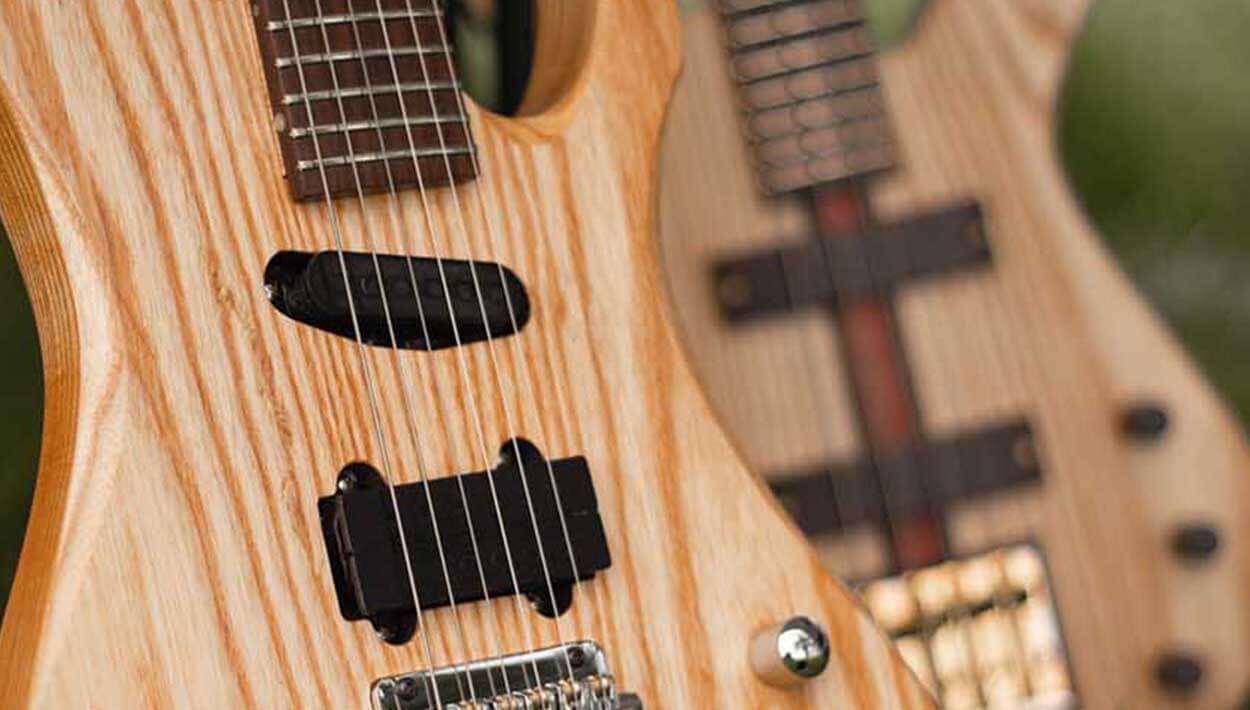










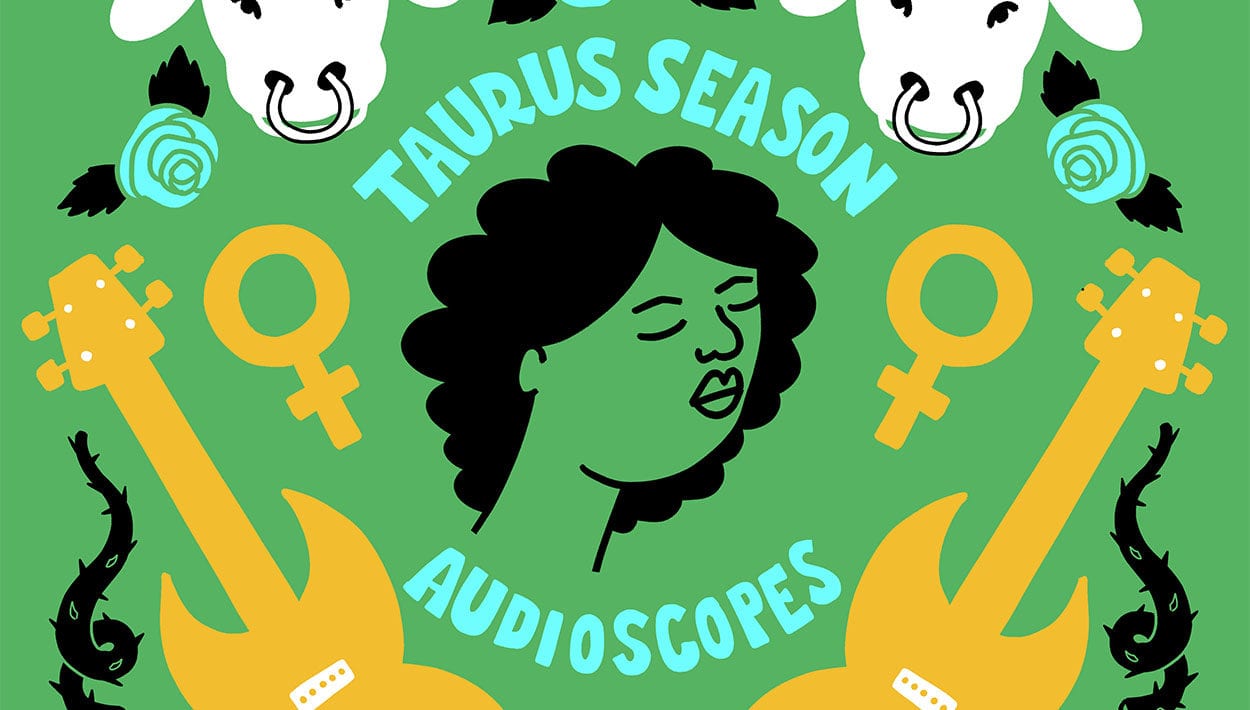


Comments
No comments yet